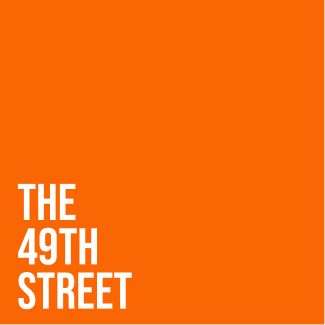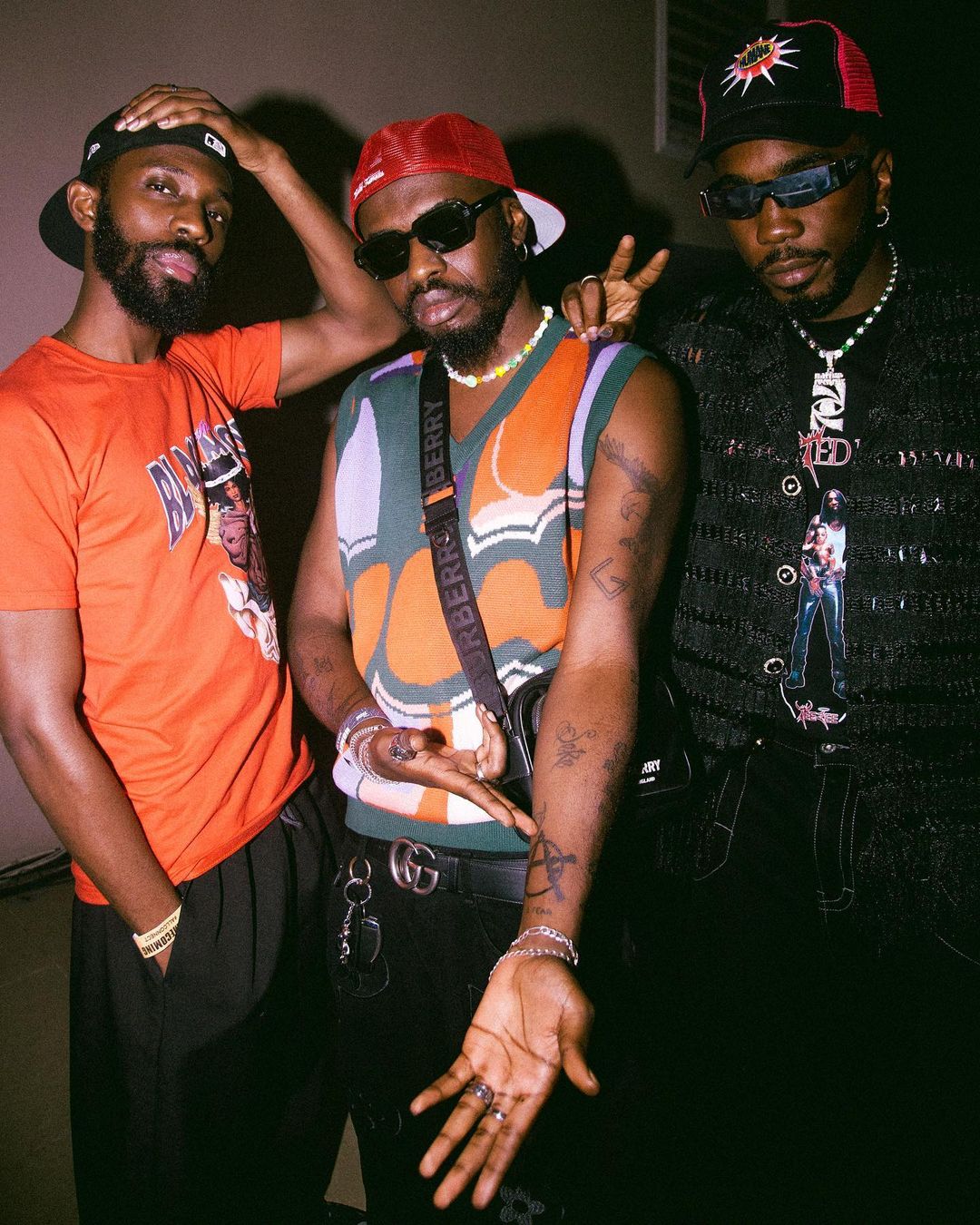by Onyeka Onyema
From the uncommon music birthed from liberal creative processes, to the outlandish fashion choices, and the general individualistic and unconventional lifestyle, Alté culture is slowly permeating mainstream pop culture in Nigeria. After years of consistent watering, it has been able to create cracks in the wall of mainstream pop, through which it seeps and spreads.
The Alté movement has been on an upward trajectory in the past few years and it is safe to say that the movement is at its highest point yet, with its music making waves on both local and international scenes and its fashion influence growing stronger in Nigeria. This influence has become glaring not just in fashion but across popular culture and has been, arguably, a vital contributor to the progress of mainstream pop in recent times.
But “how did alté come to be a stakeholder in the mainstream pop of the country?” you may ask. First, let’s take a quick look into the history of the Alté movement.
The advent of the Alté movement could be traced back to around 2007, but it became more popular in the mid-2010s with the emergence of the music genre pioneered by DRB Lasgidi, a music collective of Boj, TeeZee and Fresh L. The movement stemmed more from the lifestyle than music though – TeeZee would explain, as it started as a means of upholding unconventional, individualistic ways of self-expression in a country with a widely conservative culture.
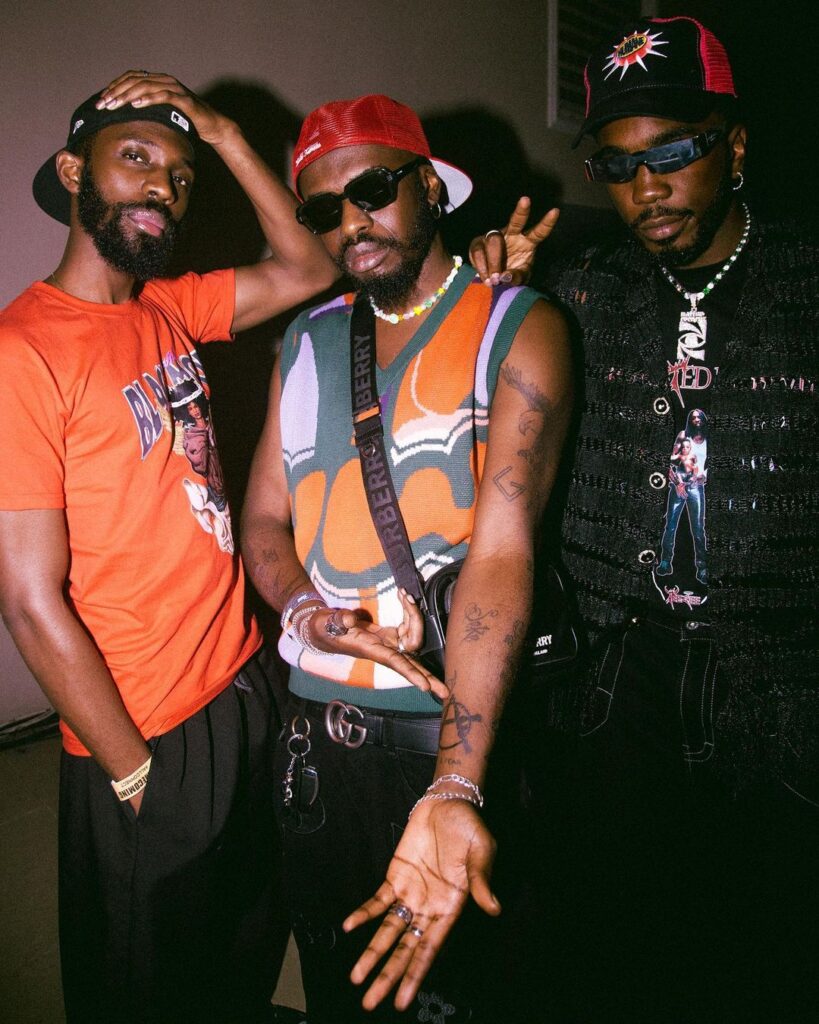
However, the music genre helped expose the movement, with the relative success recorded in the late 2010s as acts like Cruel Santino, Odunsi (The Engine), Boj, Lady Donli and Tomi Thomas, blessed the scene with amazing music (and stunning visuals) which caught the attention of both local and international listeners, and attracted popular local acts like Davido, Mr Eazi and Runtown.
“Alté is Nigerian lingo for ‘alternative’ which means freedom of expression essentially through any medium,” TeeZee had said, highlighting the core principle of the movement: freedom of expression. An unapologetic and rebellious manner of expression has helped Alté artists build cult-like fan bases of mostly young people who identify with the struggle in an orthodox society. It is with this concept that the movement made its way mainstream, inspiring popular acts to, sometimes, ride the wave of experimentation and spontaneity in both music and fashion, as a way to freely express themselves, defying the conservative society.
Now, emerging and established mainstream acts actively tap into this inspiration to express and create a name for themselves. Artists like Rema and Ayra Starr are now known for their unique artistry that exudes alté energy, which is evident in their fashion choices, aesthetics, and even in their music. Some may argue that their lifestyle and personality is a reflection of the generation they find themselves in (Gen-Zs are known to cherish authentic, rebellious forms of self-expression) but it can’t be denied that the alté movement had made a good contribution and watered the soil for them to effortlessly flourish. Rema and Ayra Starr have been spotted on several occasions rocking outfits by Alté brands WWYD and Mowalola respectively, and have been on the Y2K fashion trend, which draws from nostalgia – a prominent feature of Alté culture. They’ve also been in constant communion and collaboration with the Alté community.

Acts like Bella Shmurda, Ckay, Teni, Omah Lay, Fireboy DML and Asake have also bitten off the Alté pie, incorporating elements of the culture into their artistry. Bella Shmurda, who was in the news last year for rocking a controversial skirt-clad outfit, had opined that the outfit was his way of being unique, and that he used them and his art as a form of self-expression.
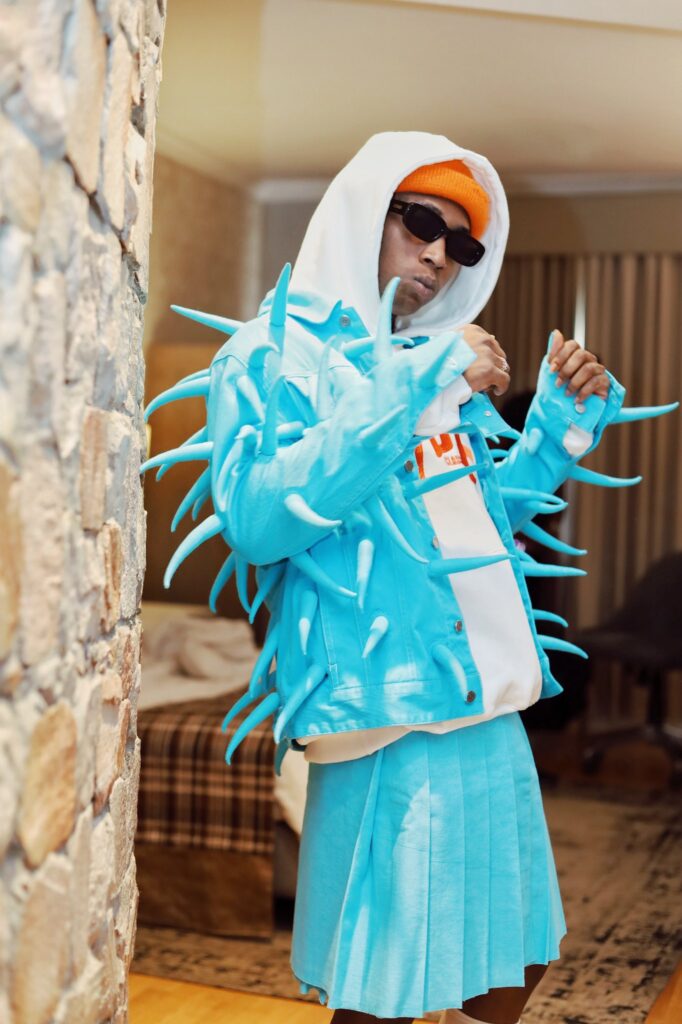
Ckay, the self-acclaimed Emo-Afrobeats progenitor, is another artist who has succeeded in making a name for himself with an avant-garde style of music. Masterfully crafted, Ckay’s Emo-Afrobeats infuses elements of several genres – a deliberate effort at authentic self-expression, he says – and is often considered Alté. He’s also been a fringe member of the Alté community, with a couple of collaborations and link-ups with core artists in the movement.
Some core alté artists like Tems and Amaarae, have also solidified their mainstream presence with global hits and collaboration, while maintaining their eccentric, deviant artistry. Tems, who prides herself as the Rebel Gang leader, recently became the first Nigerian woman to win a Grammy for her collaborative single ‘Wait for You’ with Future and Drake, and she has been on the forefront of the globalization of Nigerian music, receiving a handful of international awards and nominations.
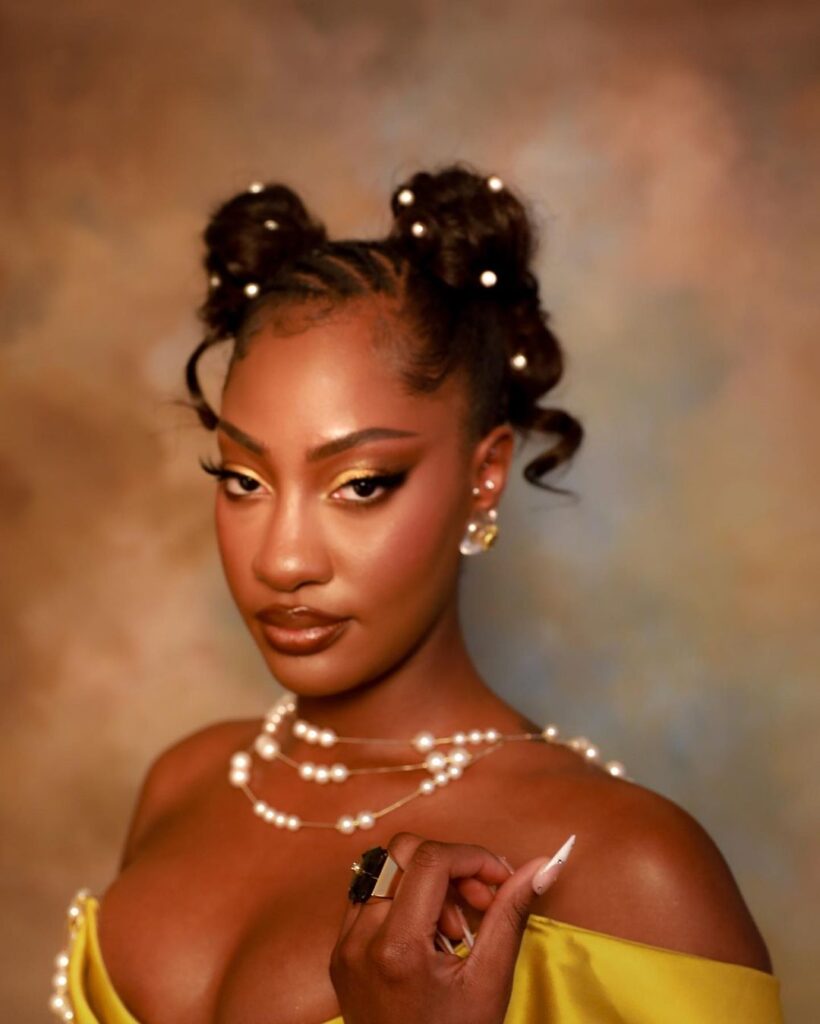
The integration of Alté into mainstream Afrobeats music gains momentum by the minute with more collaborations popping up from established Afrobeats acts and Alté artists, promoting an infusion of elements of the genres and cross-pollination of fan bases. Past collaborations, such as Odunsi (The Engine)’s collaboration with Afrobeats heavyweights Davido and Runtown on divine and star signs respectively, stimulated the process, and future collaborations, like the Maison2500 and Rema unreleased collaborative single Outrageous, would accelerate it.
Perhaps a noteworthy event in the journey for Alté was the release of the Made In Lagos album by Wizkid in November 2020. Featuring two core Alté artists, Tay Iwar and Tems, the album put the genre in the eye of a large audience, and it didn’t fail to deliver. The Alté featured songs went on to do very well locally and internationally, with the standout track of the album, Essence featuring Tems, bagging a Grammy nomination.
The aftermath of the album – in addition to previous successes – was more attention to the Alté genre by the local listeners and subsequent incorporation of the genre into mainstream media. Now Alté artists have a relatively wider acceptance, a larger audience, and their works are now better appreciated. For Broken Ears By Tems, The Angel You Don’t Know by Amaarae, and Subaru Boys: Final Heaven by Cruel Santino are examples of Alté projects that have reaped off this appreciation and enjoyed relative mainstream success in recent years.
Major music industry players, both local and international, have now become more open to partnership with the Alté community, with a few even dedicated to providing a platform for budding Alté acts. An example is the newly founded Native Records, a subsidiary of NATIVE Network co-founded by Alté pioneer TeeZee and in partnership with Def Jam Recordings, which has emerging Alté artists like Smada and ODUMODUBLVCK on its roster. Event Promoters, Booking agents and Tour managers have also become very receptive to the Alté community with a few Alté acts going on tours and headlining concerts.
Although still faced with challenges, the growth and spread of the Alté movement has been steady and the future is so evidently bright. The enormous potential of the movement is now glaring and all indications point to its actualization in no distant time. Alté is the future, and we will be there no matter what.
